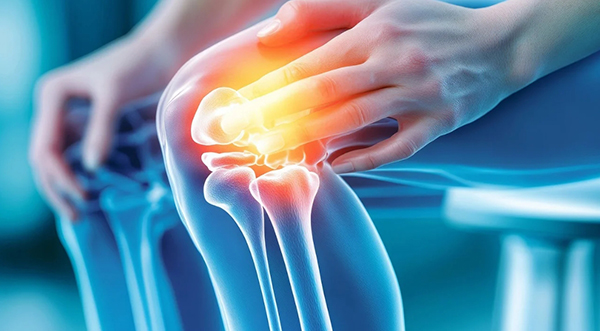Dual-energy X-ray bone densitometer can accurately predict osteoporosis, assess fracture risk and monitor lesions. It has the advantages of fast scanning speed, high precision and accuracy, painless and low radioactive dose, and has been widely used in clinical practice.
01 The "gold standard" for diagnosing osteoporosis
Bone mineral density (BMD) is an important indicator of bone quality, reflecting the degree of osteoporosis and predicting the risk of fracture. Bone mineral density examination (BMD) can accurately measure the degree of bone loss, is the gold standard for the diagnosis of osteoporosis, but also an important basis for predicting the risk of fracture, bone mineral density measurement methods are:
(1) Ultrasonic bone densitometry.
(2) Quantitative CT stereoscopic bone densitometry (QCT).
(3) Bone densitometry by dual-energy X-ray absorption (DXA).
Among them, dual-energy X-ray absorptiometry is recognized by WHO as the gold standard for the diagnosis of osteoporosis.
02 Three advantages of bone densitometry
(1) Early diagnosis of osteoporosis and prediction of fracture risk.
(2) Bone mass measurement for endocrine and metabolic bone diseases to develop safe and optimal treatment plans to prevent fractures.
(3) Follow-up of the disease and evaluation of curative effect.
03 Inspection Scope
The dual-energy X-ray bone densitometer can measure the spine, hip joint, forearm and other parts to evaluate the health status of the whole body bone. It is a common method for the early diagnosis of osteoporosis, disease monitoring and drug efficacy evaluation.
04 Who needs to have a bone density test
(1) Bone mass assessment in postmenopausal women.
(2) People with bad lifestyle habits, such as long-term smoking, drinking, coffee, lack of exercise, family history of osteoporosis, low back pain, leg pain, low calcium diet, eating habits disorders, picky food, malnutrition, etc.
(3) People with familial fragility fractures or who have a history of fragility fractures themselves.
(4) People who are being treated for osteoporosis can monitor the efficacy by having their bone density checked.
(5) If you have diabetes, renal insufficiency, chronic liver disease, hyperthyroidism and other diseases that affect bone metabolism, bone density should be checked regularly.
Bone density testing can help detect early signs of osteoporosis. Dual-energy X-ray absorptiometry is the most commonly used and reliable method for bone mineral density detection, and is an important means for early diagnosis of osteoporosis, prediction of osteoporotic fractures and follow-up. Through timely bone density detection, osteoporosis can be effectively prevented and managed, so as to better care for your bone health and enjoy a better life.
Post time: Sep-05-2024


